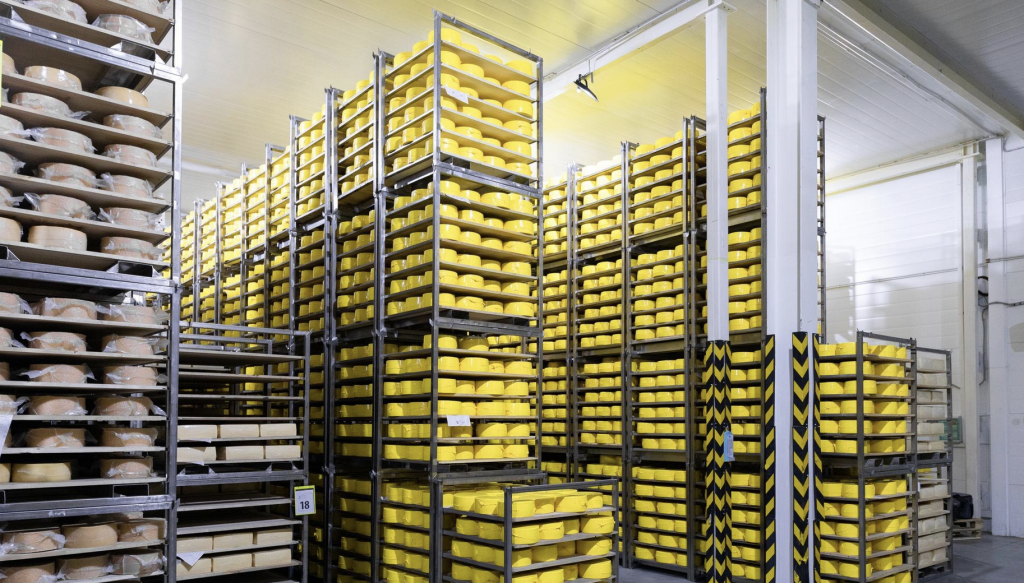
An established food and beverage company that has been operating for over 30 years started facing increased competition from numerous new entrants in the market. New consumers, particularly from the millennial and Gen-Z generations, began to emerge, each with different preferences and needs. These new competitors appeared agile and savvy in the market, while the established company struggled to remain nimble due to the large operational scale. Over time, the company’s resources were drained by high operational costs, a bloated organization, and a slow response to market changes.
To address this challenge, the company conducted market research to better understand current consumer expectations, particularly the preferences of millennials and Gen-Z. Around 70% of the company’s consumer base consisted of individuals between the ages of 19 and 25. The research also revealed that brand awareness for the company’s products had declined over the past three years.
We identified that the solution did not lie solely in marketing but required a holistic strategy that included enhancing digital capabilities. Simply increasing brand awareness was just one part of the strategy. We identified that the company needed to enhance its digital capabilities to remain competitive in the evolving marketplace. The company’s delayed adoption of digital technologies had placed it under immense pressure from competitors who were already utilizing digital tools effectively. The following steps were taken to drive the digital transformation:
1. Identifying Key Areas for Improvement
We first conducted a thorough analysis to identify critical areas that needed improvement, such as inventory management, operational efficiency, digital marketing, and customer engagement.
2. Choosing the Right Technologies
We selected technologies that aligned with the company’s business goals. Ensuring that technology investments were efficient and effective was paramount.
3. Planning to Grow Gradually
The digital transformation was carried out in stages, beginning with smaller, manageable areas before expanding to larger, more complex processes.
4. Employee Digital Transformation
We provided training programs to employees, equipping them with the skills needed to leverage digital tools. Prior to this, many operations were still manual, which hindered efficiency.
5. Monitoring Progress
Ongoing monitoring of performance was implemented to track progress, identify areas for improvement, and ensure alignment with business objectives.
Technology Initiatives Developed
Cloud-based Inventory & Supply Chain : We implemented a cloud-based inventory and supply chain management system integrated with suppliers, warehouses, and distribution channels.
Online Ordering & Delivery Platform: A custom-built online ordering and delivery platform was created to help distribution partners and agents place orders and manage deliveries more efficiently.
Data Analytics: Data analytics tools were implemented to gain deeper insights into the market and enable personalized customer experiences.
Digital Marketing Integration: We integrated digital marketing strategies across various channels, including websites, social media, and e-commerce platforms.
Customer Experience Platform: A customer experience platform was developed with the goal of building stronger relationships with customers through an integrated mobile app.
